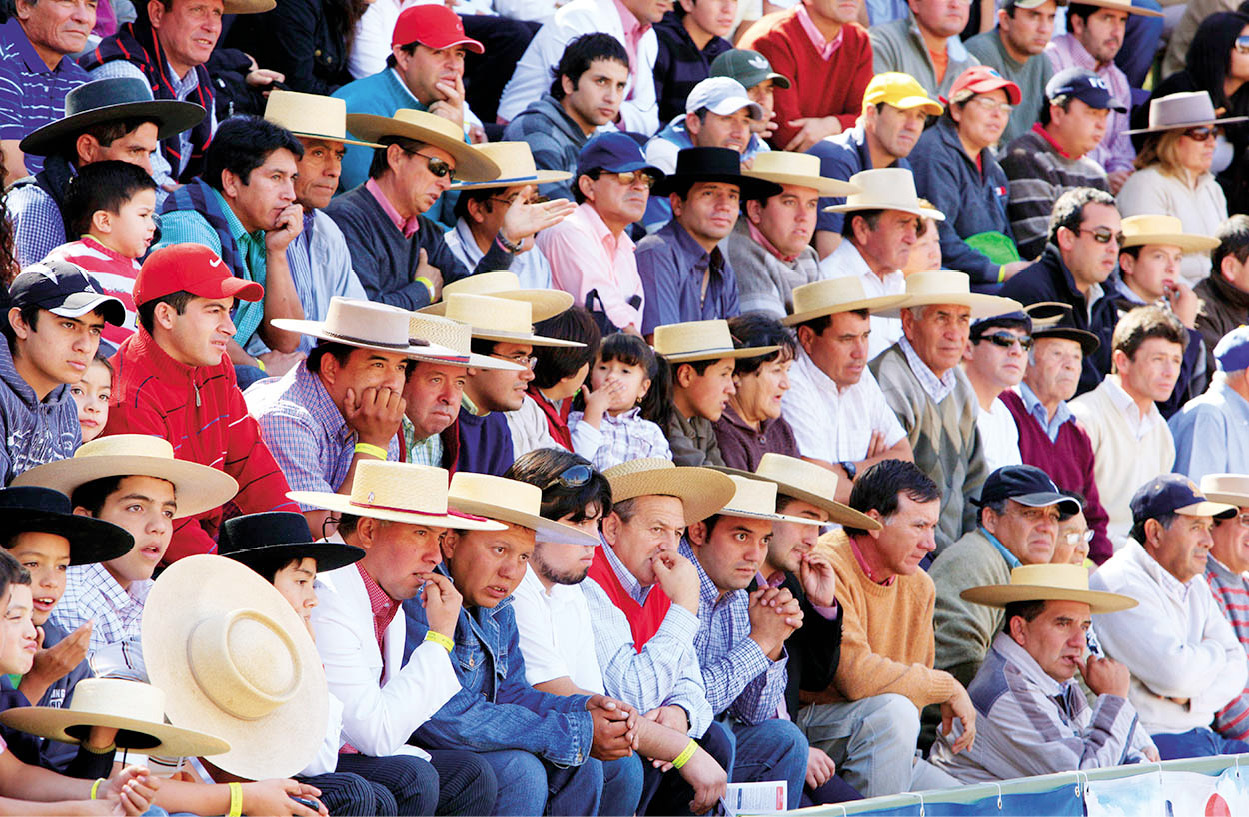Insight: The Skills and Thrills of the Rodeo
The horse is the star of Chile’s national sport, demonstrating skills of patience and agility, with the help of its close companion, the huaso.
The stocky Chilean horse, or corralero, is the inseparable companion of the horseman, or huaso. This working pair still dominates in the movement of stock in the Chilean countryside. The huaso and his horse are also the protagonists in one of Chile’s national sports – the rodeo.
Most rodeos are held between September and May. The most famous is the Chilean Championship, held at the end of March or in early April in Rancagua, in the Central Valley. In a semicircular arena, or medialuna, a pair of riders and their mounts attempt to chase and maneuver a steer to a padded section of wall. Here it must be stopped and held by direct horse-to-steer body contact. The curved shape of the corral means the horse must learn to gallop sideways, an extremely difficult task. The huasos must work in close, fast coordination, one chasing the steer, the other hemming it close to the wall. This exercise produces spectacular shows of horsemanship, with horses spinning about on their back legs, changing direction, rearing, and galloping as they track the steer about the ring. Riders earn puntos buenos (good points) or puntos malos (bad points) depending on where they hit the steer, if brute force is used (the rougher, the more bad points), and their appearance.

Tense spectactors at a rodeo near Valparaíso.
Corbis
Dancing with the Devil